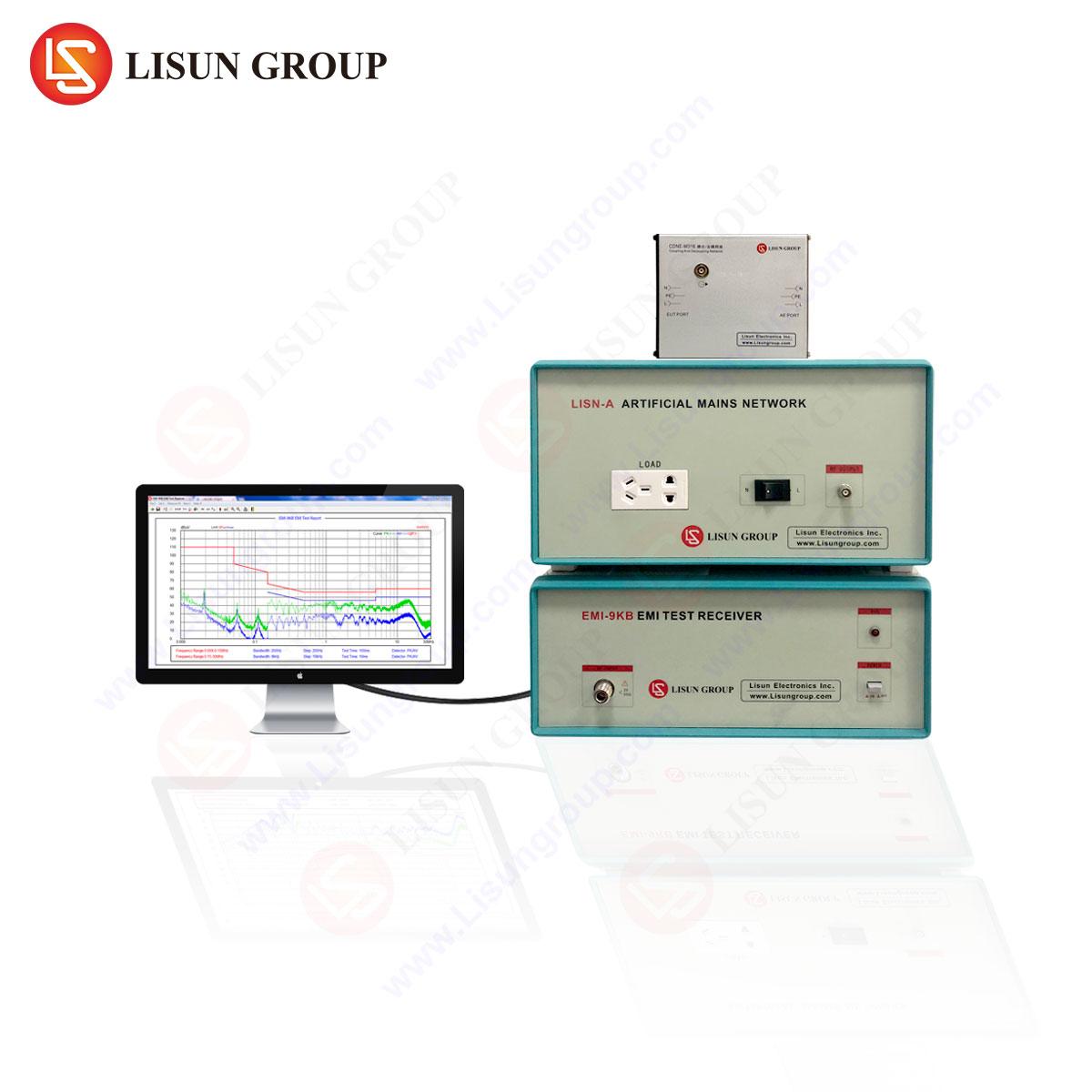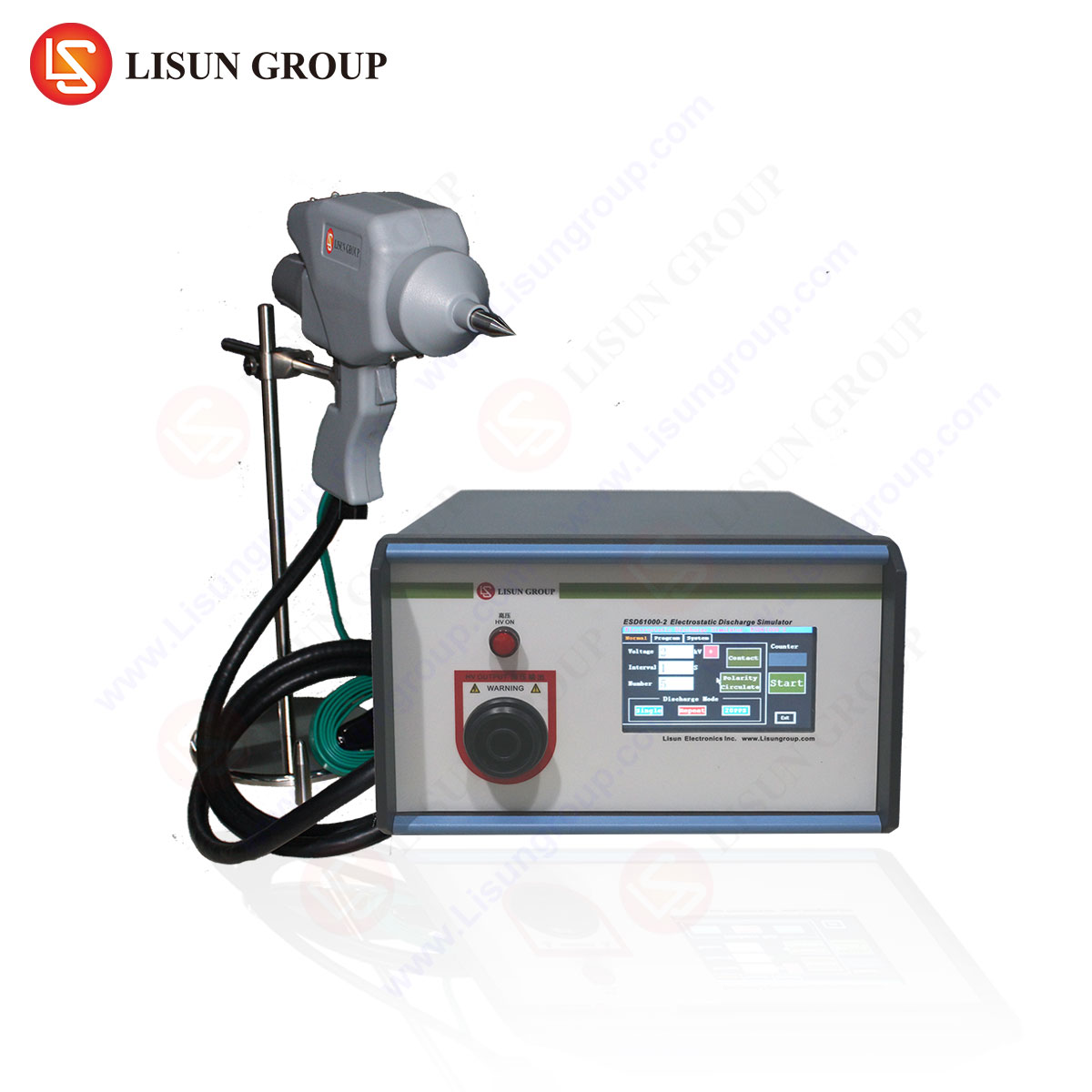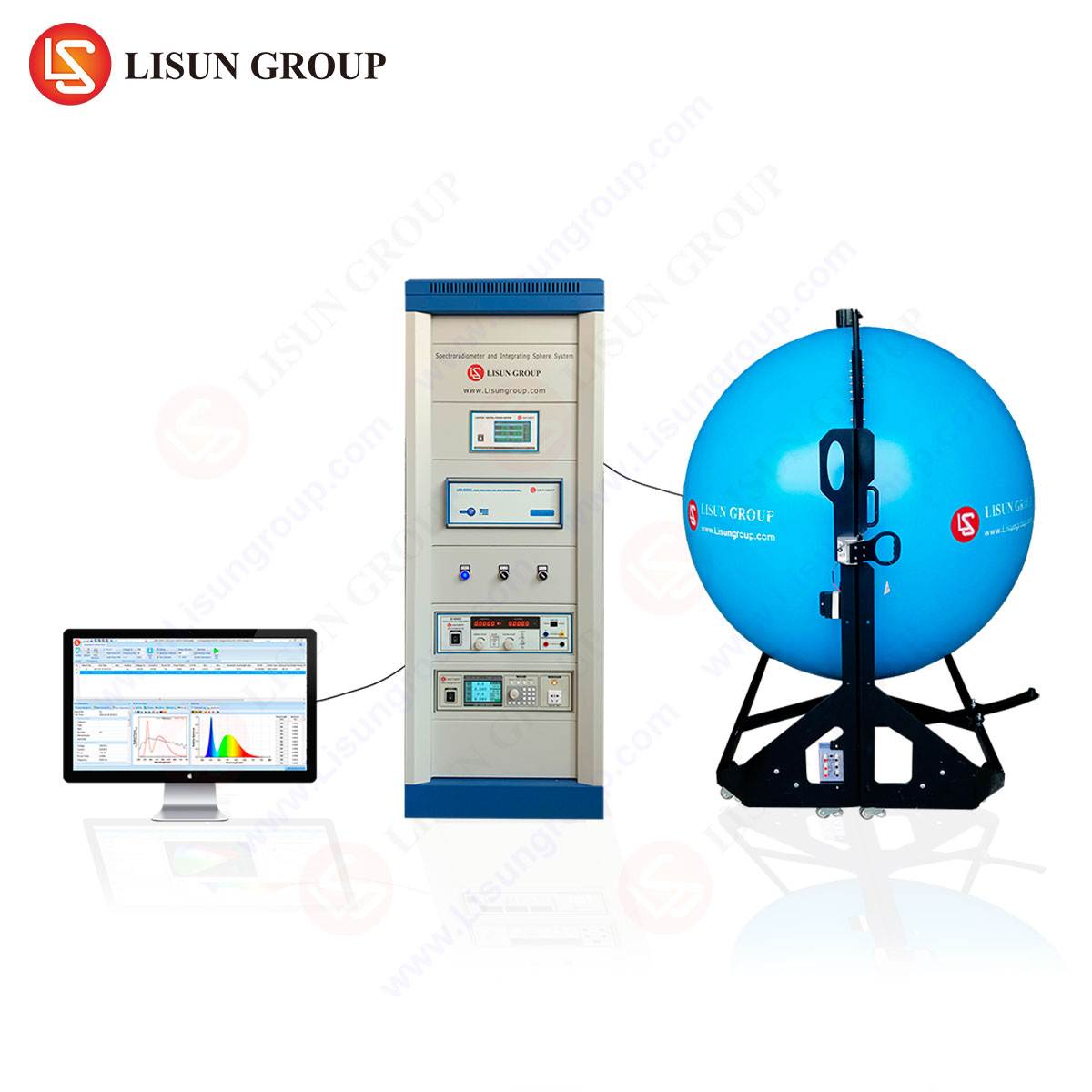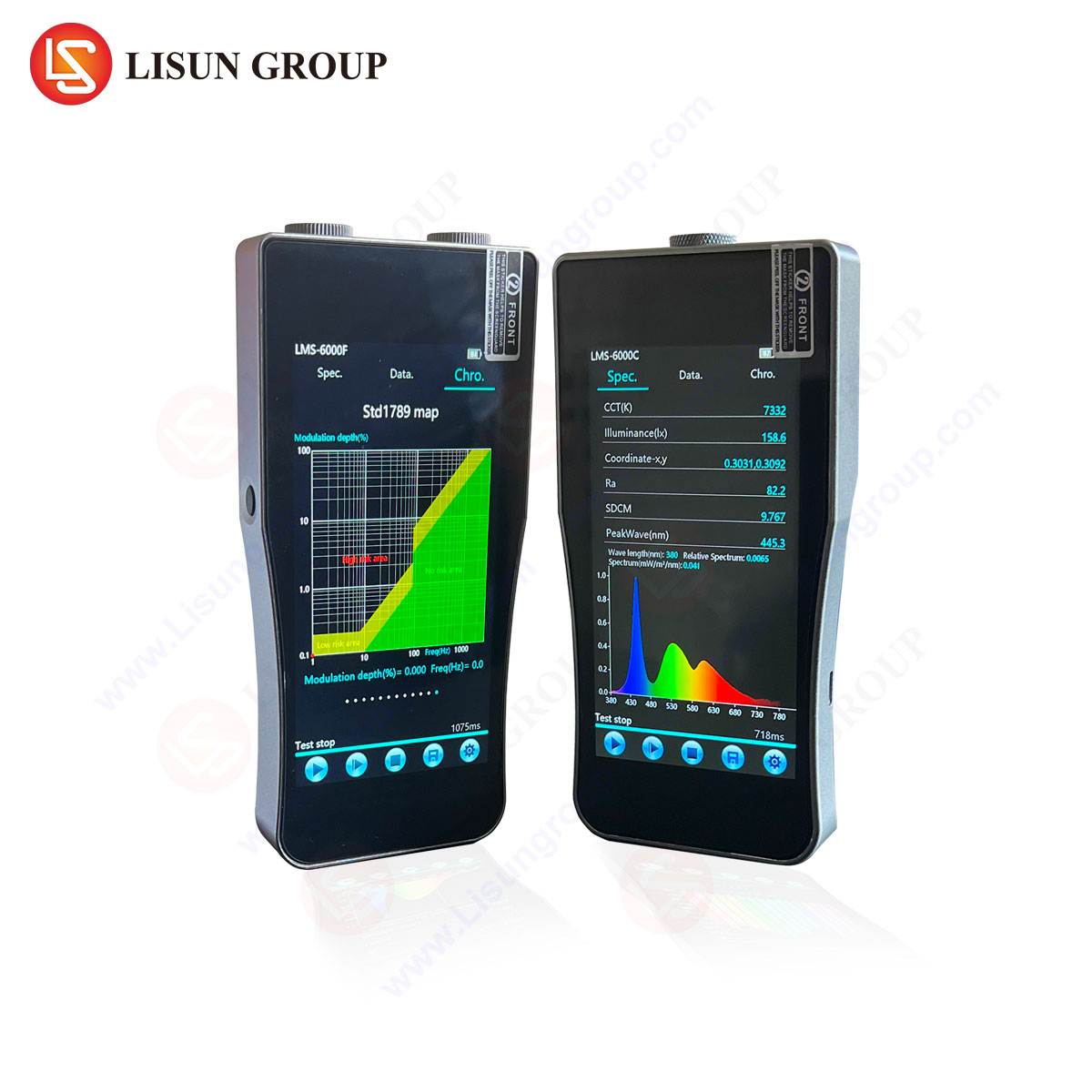The Metrological Foundation of Photometric Characterization
The accurate quantification of light distribution is a cornerstone of modern photometric science. The performance, efficiency, and visual impact of any luminaire are intrinsically governed by its spatial radiation pattern. Goniophotometry, the technique of measuring a light source’s luminous intensity distribution from all angles, provides the fundamental data set from which all key photometric parameters are derived. As lighting technologies evolve, particularly with the widespread adoption of solid-state lighting (SSL) such as LEDs and OLEDs, the demands on goniophotometric systems have intensified. These sources often exhibit complex spatial and spectral characteristics that challenge traditional measurement methodologies. The LISUN LSG-6000 Goniophotometer represents a sophisticated response to these challenges, offering a fully automated, Type C configuration system engineered for precision, speed, and compliance with international standards.
Architectural Principles of the Type C Goniophotometer
The LSG-6000 employs a Type C, or moving detector, goniophotometer architecture. In this configuration, the luminaire under test (LUT) is mounted at a fixed position at the center of the system’s rotational axes. A spectroradiometer or photometer, serving as the detector, is moved along a spherical trajectory around the LUT. This design is particularly advantageous for testing luminaires with significant weight or large physical dimensions, as the LUT itself remains stationary, eliminating concerns regarding gravitational effects on its performance or structural integrity during rotation.
The system’s operation is governed by two primary rotational axes: the vertical (gamma, γ-axis) for azimuthal rotation and the horizontal (alpha, α-axis) for polar movement. The detector traverses these axes, sampling luminous intensity at discrete angular increments. The resulting data matrix forms a comprehensive representation of the luminaire’s far-field photometric distribution. This architecture is explicitly endorsed by standards such as IES LM-79-19 and IEC 60598-1 for determining total luminous flux, luminous intensity distribution, efficacy, and chromaticity coordinates.
Core Specifications and System Integration of the LSG-6000
The LSG-6000 is engineered for a maximum LUT weight of 100 kg and can accommodate large luminaires with dimensions up to 2,000 mm in length. Its measurement distance, the critical radius from the LUT’s photometric center to the detector, is configurable from 5 to 30 meters, allowing for precise far-field measurements as required by various standards. The angular positioning resolution is exceptionally fine, at 0.001° for the γ-axis and 0.01° for the α-axis, ensuring high-fidelity data capture even for luminaires with sharp, complex beam patterns.
System integration is a key strength. The LSG-6000 is typically coupled with a high-precision array spectroradiometer, enabling simultaneous measurement of photometric and colorimetric data. This allows for the derivation of parameters such as Correlated Color Temperature (CCT), Color Rendering Index (CRI), and chromaticity coordinates (x, y) directly from the spatial distribution data. The entire apparatus is controlled by dedicated software that automates the measurement sequence, data acquisition, and post-processing, culminating in the generation of standardized file formats like IESNA LM-63 (.ies) and EULUMDAT (.ldt).
Table 1: Key Technical Specifications of the LSG-6000 Goniophotometer
| Parameter | Specification |
| :— | :— |
| Goniometer Type | Type C (Moving Detector) |
| Maximum LUT Weight | 100 kg |
| Maximum LUT Size | 2000 mm (Length) |
| Measurement Distance | 5 m / 10 m / 15 m / 20 m / 25 m / 30 m (Optional) |
| Gamma Axis (Vertical) | 0° to 360° rotation, 0.001° resolution |
| Alpha Axis (Horizontal) | -90° to +90° or -180° to 0° rotation, 0.01° resolution |
| Compliance Standards | IES LM-79-19, IEC 60598-1, EN 13032-1, CIE 121, CIE S025, ANSI C78.377 |
Derivation of Photometric Quantities from Spatial Distribution Data
The primary output of a goniophotometric scan is the luminous intensity distribution curve. However, this raw data set serves as the foundation for calculating a suite of critical performance metrics. Through numerical integration over the entire sphere surrounding the LUT, the system computes total luminous flux (lumens), a direct indicator of the perceived power of the light output. Dividing this flux by the electrical input power yields luminous efficacy (lumens per watt), a paramount metric for energy efficiency assessments mandated by global regulations like the EU’s Ecodesign Directive.
Further analysis of the intensity distribution allows for the calculation of zonal lumen distribution, which is crucial for application-specific lighting design. For directional lamps and spotlights, beam angle and field angle are precisely determined. The software also generates iso-candela diagrams and planar illuminance diagrams, which are indispensable tools for lighting designers in simulating lighting scenes and predicting performance in real-world environments.
Application in LED and OLED Manufacturing for Quality Assurance
In the highly competitive LED and OLED manufacturing sector, consistency and performance validation are critical. The LSG-6000 provides an end-of-line quality control solution that goes beyond simple flux binning. Manufacturers utilize the system to verify that the spatial color uniformity of an OLED panel meets stringent tolerances, a key parameter for display backlighting and architectural lighting applications. For LED luminaires, it is used to confirm that the beam pattern conforms to the designed optical system, identifying issues such as TIR lens misalignment or reflector imperfections that lead to unwanted artifacts or asymmetries. Compliance with standards like ANSI C78.377, which defines chromaticity quadrangles for SSL products, is rigorously verified across the entire angular output of the luminaire.
Advanced Use Cases in Specialized Lighting Applications
The utility of the LSG-6000 extends far beyond general illumination.
- Display Equipment Testing: For manufacturers of LCD and OLED televisions and monitors, the goniophotometer can characterize the viewing angle performance of display modules, measuring contrast ratio and color shift as a function of angle, which directly correlates to the user’s visual experience.
- Stage and Studio Lighting: Theatrical and broadcast luminaires require precise beam control. The system is used to map the hard or soft edges of a profile spot, measure the evenness of a wash light’s field, and validate the photometric data provided to lighting designers for pre-visualization software.
- Medical Lighting Equipment: Surgical and diagnostic lighting demands extreme uniformity, specific color rendering properties (e.g., CIE Rf and Rg values as per IES TM-30-20), and the absence of glare. The LSG-6000 provides the data necessary to certify that these luminaires meet medical device regulations, such as those from the FDA or under the IEC 60601 series.
- Sensor and Optical Component Production: For the calibration of light sensors and the characterization of optical components like diffusers, lenses, and light guides, the goniophotometer provides the angular response curve or transmission/reflection distribution function, which is fundamental data for system-level optical modeling.
Adherence to International Photometric Standards
The design and operation of the LSG-6000 are intrinsically linked to a framework of international metrological standards. Its compliance ensures that measurement data is accurate, reproducible, and recognized globally. Key standards include:
- IES LM-79-19: This standard, published by the Illuminating Engineering Society, prescribes the approved methods for the electrical and photometric testing of SSL products. It explicitly endorses goniophotometry as a method for measuring total luminous flux and spatial distribution.
- IEC 60598-1: The fundamental safety standard for luminaires, which references the need for photometric testing to verify performance claims and ensure safe operation.
- EN 13032-1: The European standard for the measurement and presentation of photometric data for luminaires, which details the requirements for goniophotometer accuracy and data reporting formats.
- CIE S025/E:2015: A test method for LED lamps, modules, and luminaires that sets stringent requirements for the accuracy of photometric, colorimetric, and electrical measurements.
Comparative Advantages in Precision and Throughput
The LSG-6000’s competitive position is anchored in its combination of high precision and operational efficiency. The stationary LUT design eliminates a primary source of measurement uncertainty associated with moving heavy or awkwardly shaped luminaires. The system’s high-resolution stepper motors and rigid mechanical construction minimize axis wobble and positional error, leading to highly repeatable measurements. From a throughput perspective, the automation of the measurement process, combined with fast data acquisition from modern array spectroradiometers, allows for a complete spatial scan—including both photometric and colorimetric data—to be completed in a fraction of the time required by manual or semi-automated systems. This high throughput is essential for production environments where statistical process control requires frequent sampling and testing.
Software Ecosystem for Data Acquisition and Analysis
The hardware capabilities of the LSG-6000 are fully realized through its integrated software platform. The software provides a centralized interface for defining measurement parameters, including angular step size, measurement distance, and the specific photometric and colorimetric values to be recorded. It automates the complex coordinated movement of the goniometer axes and synchronizes data capture from the detector. Post-processing features are robust, allowing for the immediate generation of standard photometric reports, 3D candela plots, and the export of IES files. This seamless workflow from mechanical control to final data export eliminates manual data handling errors and ensures traceability, a critical requirement for accredited testing laboratories.
FAQ Section
Q1: What is the primary distinction between a Type A, Type B, and Type C goniophotometer, and why is the Type C configuration of the LSG-6000 advantageous?
Type A goniophotometers rotate the luminaire around a horizontal axis, while Type B systems rotate it around a vertical axis. Type C, as used in the LSG-6000, keeps the luminaire stationary and moves the detector. The Type C configuration is superior for testing heavy, long, or asymmetrical luminaires because it prevents gravitational or inertial forces from altering the luminaire’s performance or position during testing, ensuring data integrity.
Q2: Can the LSG-6000 measure the flicker percentage of a luminaire across its spatial distribution?
While the primary function is spatial photometry, when equipped with a high-speed spectroradiometer or photometer, the system can be configured to measure temporal light modulation. By performing scans at different phases of the AC power cycle or by using a detector capable of capturing high-frequency waveforms, it is possible to map flicker percentage (as per IEEE 1789-2015) or stroboscopic effects across the luminaire’s beam, which is critical for applications in high-speed manufacturing and sports lighting.
Q3: How does the system account for the self-absorption of light within the goniophotometer’s mechanical structure?
The mechanical arms and mounting fixtures of any goniophotometer can cause shadowing or light absorption, introducing measurement error. The LSG-6000 is designed with minimal-obstruction principles, using slender, high-strength components. Furthermore, advanced software algorithms can apply correction factors based on a system characterization performed with a reference source of known distribution, thereby compensating for these inherent systematic errors.
Q4: Is the LSG-6000 suitable for measuring the absolute intensity of laser-based lighting sources?
Caution must be exercised. While the system can measure the spatial distribution of laser-excited phosphor sources, direct measurement of high-power laser diodes poses a risk of damaging the detector due to extremely high irradiance levels. For such applications, the use of calibrated neutral density filters and a thorough safety review are mandatory. The system’s suitability is highly dependent on the specific optical power density of the source.
Q5: What are the environmental control requirements for a laboratory housing an LSG-6000?
To ensure measurement accuracy as per international standards, the testing environment must be stable. A darkroom is essential to eliminate stray light. Temperature should be controlled, typically at 25°C ± 1°C, as LED performance is temperature-sensitive. Stable line voltage and low electromagnetic interference are also required to prevent fluctuations in the luminaire’s electrical input and the detector’s signal.







